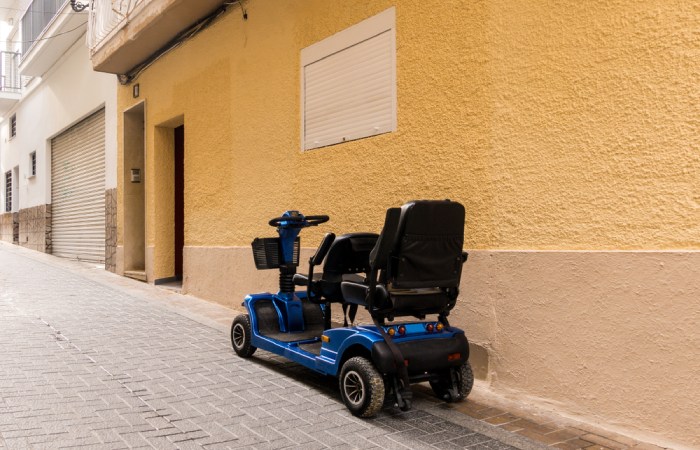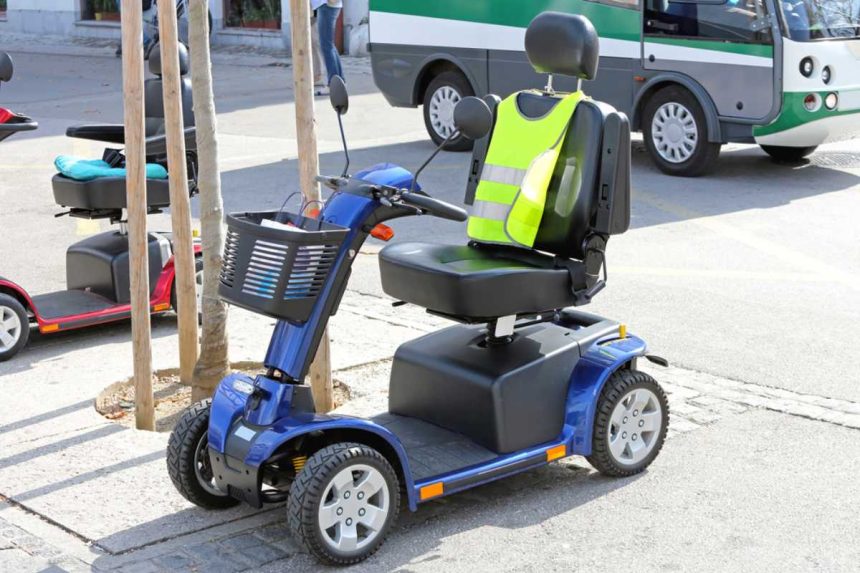For those with limited mobility, mobility scooters have become indispensable aids, allowing them to regain independence and navigate their surroundings with ease. Despite this, safety concerns need to be understood, just as they do with any other vehicle. This is especially true when considering the wide array of environments that are faced by mobility scooters. Fortunately, advancements in technology, especially in the realm of artificial intelligence and sensor technology, are making strides in mitigating risks and preventing accidents linked with mobility scooters, as explored in further detail below.

Understanding the Risks
Ahead of considering the many solutions, you must first understand the risks associated with mobility scooter usage. For instance, mobility scooters are used in various settings, such as crowded sidewalks, busy shopping centers, and even on roads. Limited visibility, unpredictable pedestrian behavior, and uneven terrain are just some of the factors that mobility scooter users need to consider when they’re out and about, and each of these can contribute to accidents and collisions alike.
The Evolution of Safety Technology
AI and sensor systems are being widely adopted by manufacturers and researchers to address safety challenges. These innovations work to provide real-time feedback and aid users in navigating safely through their surroundings.
AI-Powered Collision Detection
Perhaps the most significant advancement in safety technology for mobility scooters is AI-powered collision detection systems. These systems boast sophisticated algorithms in which the scooter’s surroundings are continuously analyzed. The data from these sensors (e.g., cameras, sensors, LiDAR, and radar) can then be leveraged to detect potential obstacles and hazards in real-time.
For instance, should a pedestrian suddenly step into the path of the scooter, a collision detection system can alert the user and automatically apply the brakes to prevent a collision. A proactive approach to safety such as this reduces the risk of accidents caused by human error or unexpected obstacles.
Sensor Technology for Environmental Awareness
As well as AI, sensor technology can also be used to enhance the safety of mobility scooters. They can be strategically placed on the scooter to provide comprehensive environmental awareness, meaning the device is capable of adapting to changing conditions and avoiding potential hazards.
For example, ultrasonic sensors can detect objects that are in close proximity to the scooter, including obstacles and pedestrians. Similarly, the stability of the scooter can be enhanced via gyroscopes and accelerometers, preventing the likes of tipping or a loss of balance. Quite simply, these sensors monitor the scooter’s surroundings and dynamics, which means that they can provide valuable data that informs safety protocols and assists users in making informed decisions while navigating.
Adaptive Speed Control
With the help of AI and sensor technology, mobility scooters can reap the benefits of adaptive speed control. Instead of completely relying on user input to adjust speed, adaptive speed control systems dynamically adapt the scooter’s speed based on environmental factors and potential risks.
For instance, when approaching a sharp turn or crowded area, the adaptive speed control system can reduce speed automatically to minimize the risk of accidents. On the other hand, when the path ahead is clear, and obstacles are minimal, the system can increase speed to maintain efficiency and optimize travel time.
User-Centric Design
Although AI and sensor technology play a significant role in preventing accidents, prioritizing user experience and accessibility is essential. This is made possible via user-centric design principles that ensure that safety features are intuitive, easy to use, and seamlessly integrated into the overall functionality of the scooter.
For example, audible alerts and visual indicators can provide users with clear feedback when potential hazards are detected, making for safer experiences for the mobility scooter users and the people around them.


